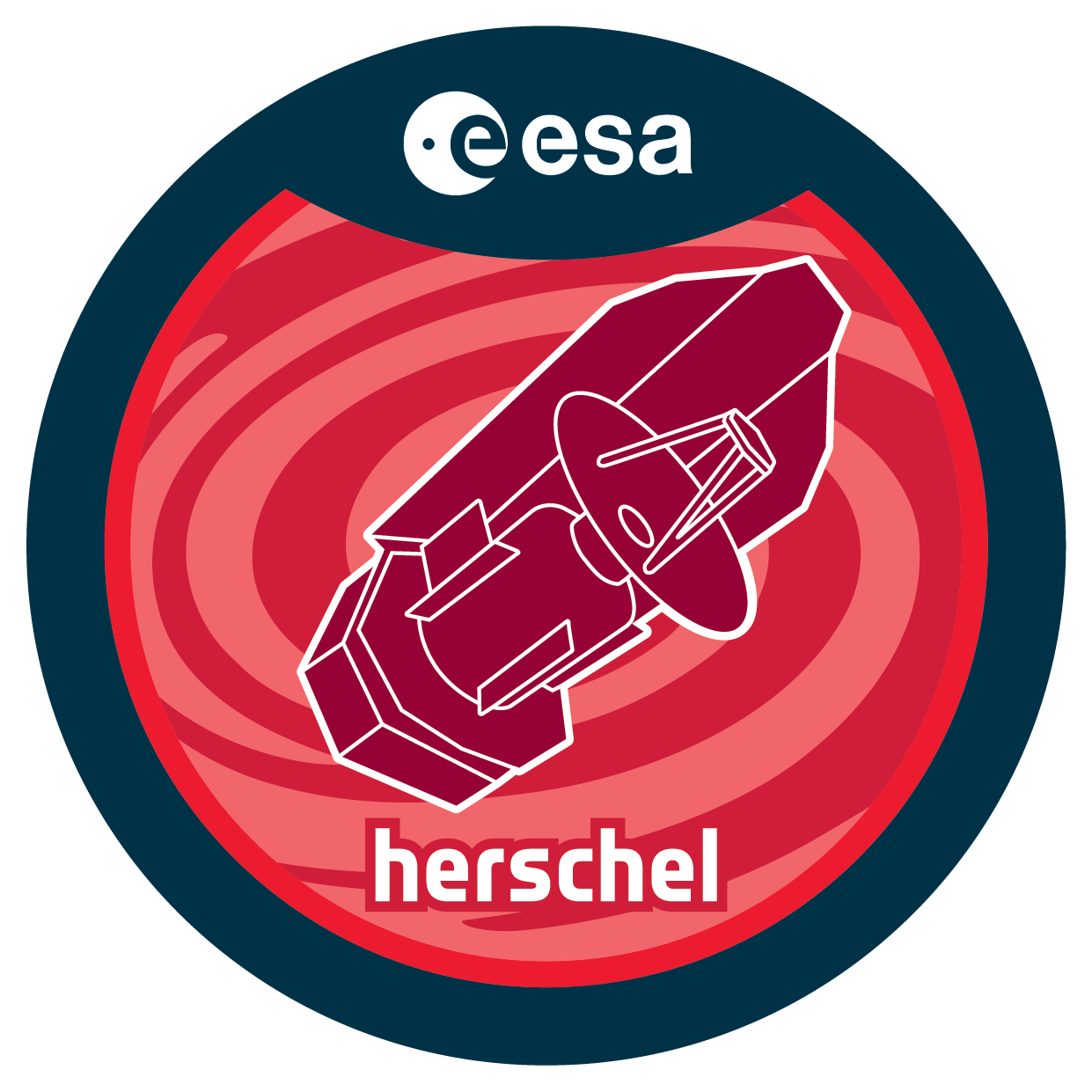

| Name | KPOT_seales01_2 |
| Title | The Herschel Thousand Degree Survey |
| URL | http://archives.esac.esa.int/hsa/whsa-tap-server/data?retrieval_type=OBSERVATION&observation_id=1342189661&instrument_name=SPIRE\/PACS parallel&product_level=LEVEL0&compress=true |
| DOI | https://doi.org/10.5270/esa-mchmz73 |
| Author | eales, s. |
| Description | We still know little about dust in the nearby universe, becauseIRAS was only sensitive to the 10% of dust warm enough to radiate inthe far-IR, and submm surveys have not covered enough area to sample a representative volume of the local universe.We propose to use Herschel to survery 1000 square degrees in fivebands. The survey will detect ~100,000 galaxies at z <0.3, andwe will use the results in six key projects: (1) By using the the SDSS and 2dFGRS redshifts that will exist for half the galaxies, we willcarry out an unprecedented study of dust and dust-obscured star formation in the nearby universe, determining for example how these depend on Hubble type, metallicity and environment. We will also measure the submm luminosity function, a key benchmark for galaxy evolution models, and test down-sizingmodels by investigating the cosmic evolution that is known to have occurred over the last 3 billion years. (2) We will detemine the relative contributions of the SZ effect and dusty galaxies in Planck sources, which will make it possible to measure the number-density and bulk flows of clusters in the high-z universe - two fundamental tests of the cosmological paradigm. (3) Using the largest ever sample of gravitational lenses (~1000), we will investigate the evolution of the mass profiles of galaxies, another key test of cosmological models. (4) We will investigate the relationship between the formation of the black holes and stars in quasars by observing the 20,000 SDSS quasarsin our fields. (5) By measuring the structure of the submm sky up to a scale of 1000 Mpc, we will estimate the masses of the dark-matter halos containing the far-IR/submm sources. (6) We will carry out the first census of dust and protostars at high galactic latitudes. Our fields are the best-studied large fields in the sky and will be the targets of future surveys with VISTA, VST, UKIRT, SPT and the SKA-precusor telescopes, KAT, ASKAP and LOFAR, and so the survey will be of immense legacy value. |
| Publication |
|
| Instrument | SPIRE\/PACS parallel_SpirePacsParallel_ |
| Temporal Coverage | 2010-01-24T23:12:16Z/2012-05-20T15:20:10Z |
| Version | SPG v14.2.1 |
| Mission Description | Herschel was launched on 14 May 2009! It is the fourth cornerstone mission in the ESA science programme. With a 3.5 m Cassegrain telescope it is the largest space telescope ever launched. It is performing photometry and spectroscopy in approximately the 55-671 µm range, bridging the gap between earlier infrared space missions and groundbased facilities. |
| Creator Contact | https://support.cosmos.esa.int/h®erschel/ |
| Date Published | 2012-11-20T13:47:19Z |
| Last Update | 2025-01-24 |
| Keywords | Herschel, HSC, submillimetre, far-infrared, HIFI, PACS, SPIRE |
| Publisher And Registrant | European Space Agency |
| Credit Guidelines | European Space Agency, eales et al., 2012, 'The Herschel Thousand Degree Survey', SPG v14.2.1, European Space Agency, https://doi.org/10.5270/esa-mchmz73 |